Palo Alto – April 3, 2025

F Arriving at OFC on April 2nd, 2025, just 5 minutes after the Exhibition opened for the day
Bigger and Better
The world’s largest and most influential Optical Communication Conference and Exhibition, known as OFC, celebrated its 50th anniversary during the first week of April 2025 at the incredibly busy and vibrant Moscone Center in downtown San Francisco. The atmosphere was fresh and robust, marked by a seriousness of purpose and significantly higher growth expectations. This dynamic was fueled by the rise of AI in data centers. Hyperscalers dominated the discussions, while telecom suddenly seemed less relevant. In some respects, it felt like we had transitioned from our sophomore to junior years of college – though the challenges are much more daunting, we can handle them.
Data transmission through low-loss fiber optic cables was first demonstrated in 1970, and in 1975, OFC was established. For the past fifty years, the conference has concentrated on telecommunications; how to transmit and distribute increasingly large amounts of data across vast distances. Annual progress has been gradual. This year, it all changed.
2025 Conference Focus: AI Data Centers
In 2025, OFC shifted its focus to AI data centers. Marvell’s tagline, “Accelerated Infrastructure for the AI Era,” encapsulated the conference’s theme. As data transmission speeds rise, optical communication channels draw closer to processors and increase in number.
Modern AI data centers require extensive optical transceivers, which significantly increases costs. While copper remains the dominant interconnect within data center racks, optics are on the horizon. Between data centers, hyperscalers build their own networks and purchase their own dark fiber. Consequently, traditional long-reach data service providers no longer define metro and inter-data-center networks.
Top Ten Observations from OFC 2025
- Data Transmission Speeds: The conference highlighted 800 Gbps and 1.6 Tbps speeds, along with an impressive number of announced 1.6T optical transceiver modules.
- Silicon Photonics: The silicon photonics components are moving from pilot projects to large-scale deployments.
- Venture Capital: Substantial venture capital is still accessible for startups with the strongest teams and roadmaps; however, others find securing funding at Series A and B challenging.
- Quantum Computing and Security: As quantum computing becomes a reality, securing communications through quantum-derived randomness and quantum-enabled security is essential.
- AI-Specific Network Architectures: AI can enable more flexible, efficient, and resilient network architectures. This year, we witness real deployments as opposed to last year’s predictions. The telecom sector feels like John Henry this year, confronting the steam engine of AI data centers.
- Dirty little secret: power. While AI data centers in the U.S. focus on rapid construction and rely on natural gas-powered plants for energy, the pressure to reduce power consumption is intensifying significantly.
- Energy Efficiency in Optical Networks: Numerous innovative components and system designs can reduce power requirements in optical networks by up to 40%. Several liquid cooling methods were also introduced. We have more to share – stay tuned for an upcoming Woodside Capital report on liquid cooling.
- Global reordering: It increasingly resembles a landscape divided between the US and the rest of the world. As the US tariff announcements unfolded during the conference, a quiet division emerged between domestic and international participants on the show floor. Exhibition booths were primarily organized by geography, creating a sense that countries outside the US were on “the other side of the tracks.”
- Topic lockup: Western hyperscaler procurement teams were frantically searching for sufficient volume from non-Chinese producers. We heard stories of a leading hyperscaler seeking optical transceivers from outside China, with the sole question being, “How much can you produce per month outside of China?”
- Is gray good? The industry has aged considerably. In the West, significantly fewer young people are entering the industry. In contrast, many OFC attendees from Asia were younger. Acquiring and retaining talent is becoming increasingly challenging, especially in the West.
- Intense levels of engagement: Attendees were much more involved than in previous years. Remarkably, one session started about an hour before the show floor closed on the final day. Every seat was filled, and people remained active and engaged until the very end.
Companies that Encompass Key Observations
ATOP – www.atoptechnology.com

ATOP is a fast-growing optical transceiver designer headquartered in Singapore. It owns manufacturing facilities but also works with US-based Contract Manufacturers to quickly ramp volume and navigate the fast-changing tariff landscape. ATOP proudly demonstrated a 1.6 T optical transceiver at OFC and cites its ability to develop, manufacture, and bring to market next-generation products quickly with very high quality and reliability as a key competitive advantage. ATOP invests heavily in R&D and is on track to deliver 3.2 Tbps samples within 12 months.
Aloe Semiconductor – www.aloesemi.com

Aloe showcased a 160-Gbaud PAM4 (320-Gb/s) from a silicon-photonic (SiPh) modulator at the OFC. Its innovative design enables silicon photonics to achieve the next leap in bit rate per lane without incorporating non-CMOS materials like LiNbO3, polymer, gold, or III-V elements.
Advanced silicon packaging is vital for optical input/output (OIO) and co-packaged optics (CPO). Continuing to utilize pure silicon for photonics, rather than incorporating new materials, will accelerate the time to market. Aloe’s new design will be essential for these applications, enabling high speeds at a low cost.
Aurea Technology – www.aureatechnology.com
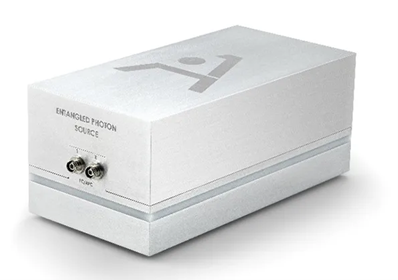 Entangled Photon Source
Entangled Photon Source
AUREA Technology provides high-performance and self-contained optical building-blocks solutions to the most demanding industrial and scientific in photonics applications. AUREA Technology brings its high-level technical expertise and innovative to its global customers, which allows them to achieve outstanding results, and remain at the forefront of their field.
Quantum communication via terrestrial optical fiber networks is constrained to a few hundred kilometers due to fiber attenuation. For long-haul quantum communications and networking, satellite-based quantum communication is emerging as the most viable and scalable solution.
Since 2020, AUREA Technology has been at the forefront of developing key photonic building blocks for satellite-based quantum communication, collaborating on projects supported by the French Space Agency (CNES) and the European Space Agency (ESA). It has additional products for adjacent market segments.
Avicena – www.avicena.tech
Avicena is developing ultra-low energy optical links using microLEDs. These interconnects provide industry-leading bandwidth density and energy efficiency for medium-range applications. They include chip-to-chip interconnects for HPC, AI/ML, memory disaggregation, and next-generation links in sensors, 5G wireless, and aerospace. Avicena’s technology serves as a crucial building block in the advancement of new networking and computing architectures that aim to minimize energy consumption’s impact on our planet.
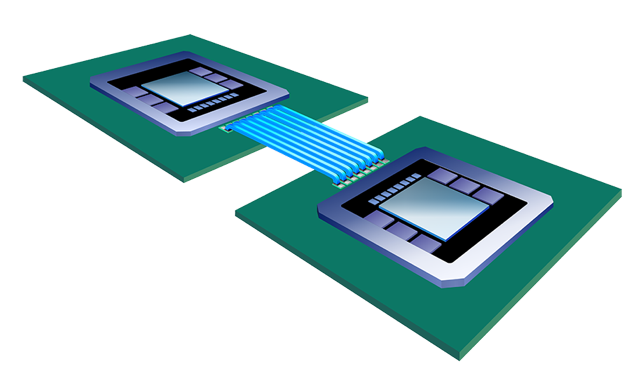
Rendering of Avicena’s Solutions
Avicena’s On-Board Optics (OBO) solution features an array of 1.6 Tbps OBO transceivers that can be positioned close to the xPU. This significantly reduces power consumption, enhances bandwidth density, and supports xPU scale-up in data centers. Avicena’s OBOs are a critical advancement towards Co-Packaged Optics (CPO), which further improves bandwidth density and efficiency by directly integrating optical components within the processing units. This integration enables higher data throughput and energy efficiency for data-intensive applications such as AI and high-performance computing.
Cognifiber – www.cognifiber.com
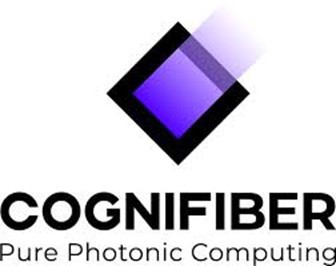
Vision: Current optical fibers are by far the best vehicles for high-speed data transmission. Connecting fiber to fiber offers the best data interface in terms of speed, robustness, scalability, and cost. Fiber is mass-produced all over the world with no apparent risk of supply chain interruptions.
If we could turn fibers into processors…
The CogniFiber founder’s ingenuity lies in transforming a multicore fiber into a programmable photonic processor. As data streams through the fiber, it simultaneously scans all the components of the physically embedded neural network. Similar to our brains, computation occurs while photons travel through the fiber at the speed of light.
The CogniFiber team has successfully accomplished several proofs of concept:
• Trainable Photonic Neurons: 0.5 Gbps per channel.
• High-Speed Photonic Chip: 4-bit D2A for data flow compression.
• 32-channel all-photonic MAC operator for pattern recognition.
• The Aurora: Full-System Photonic ML/AI (4-Layer Classifier) at 100 million inferences per second.
ID Quantique – www.idquantique.com
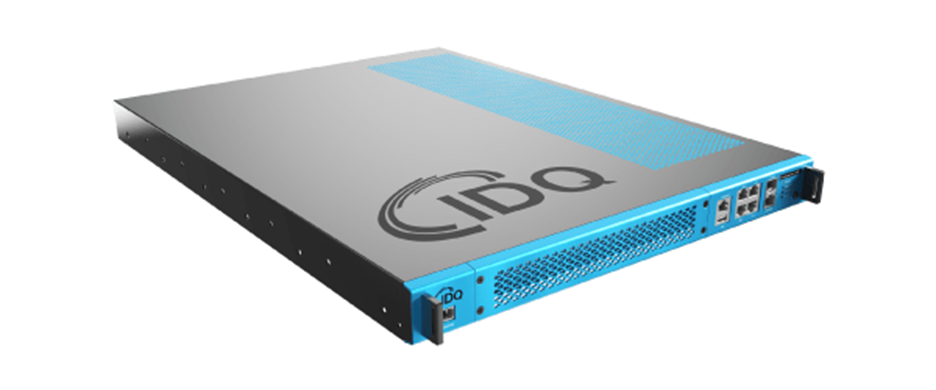 ID Quantique’s Cerberis XG QKD System that can distribute 14,000 keys per hour
ID Quantique’s Cerberis XG QKD System that can distribute 14,000 keys per hour
ID Quantique is a true pioneer based in Geneva, Switzerland, that has been active in quantum sensing and quantum encryption for over 20 years. Twenty years ago, when quantum computers were far from reality, ID Quantique was counting single photons and generating truly random numbers, advancing both quantum science and the deployment of quantum technology in the real world. Today, ID Quantique’s products and solutions can be found worldwide; their Quantum Random Number Generation chips are used in mobile phones, cars, and IoT devices. Meanwhile, their Quantum-Safe Security products are increasingly employed to protect telecommunications, healthcare, data centers, and many other forms of critical infrastructure. These networks require both strong, truly random encryption keys and ultra-secure distribution of these keys using quantum methods that prevent unauthorized access.
Lightmatter – www.lightmatter.co
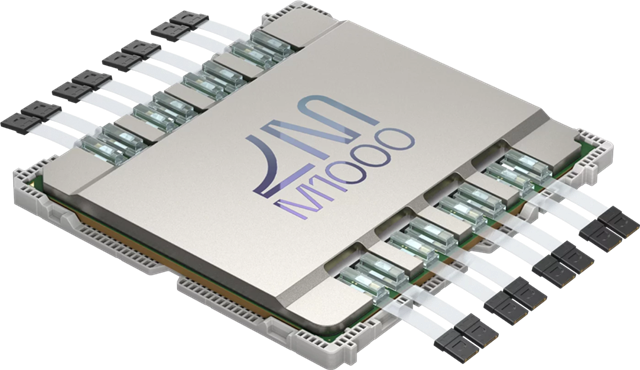
Lightmatter’s Just Released Passage M1000
Founded in 2017 and headquartered in Mountain View, California, Lightmatter raised $400 million in 2024 and is now valued at $ 4.4 billion. The company addresses the challenge of acquiring sufficient data bandwidth directly linked to an AI processor while maintaining a compact physical form factor and minimizing energy consumption. Lightmatter’s 3D photonics chips will enable the transition from electrical to optical signals at the processor. On the opening day of OFC, Lightmatter unveiled PassageTM M1000, a groundbreaking 3D photonic chip anticipated to be positioned directly beneath the next generation of AI processors, facilitating a total optical bandwidth of 114 Tbps. The innovative photonics will be produced by GlobalFoundries, with which Lightmatter has a long-standing partnership.
Newphotonics – www.newphotonics.com
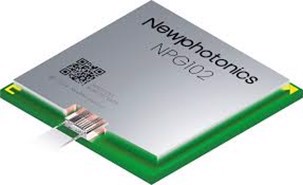
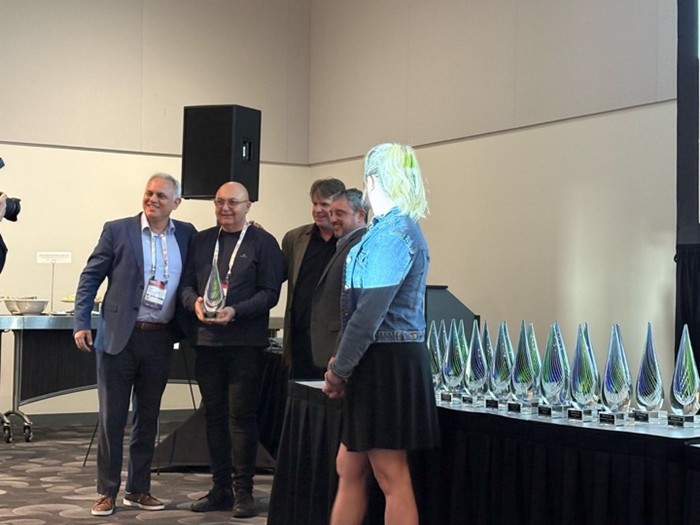
NewPhotonics’ Newest Product and OFC Award
NewPhotonics is a pioneering company in integrated photonics, focusing on developing high-performance optical solutions for data centers and telecommunications. Their technical approach involves heterogeneously integrating lasers at the wafer level, enhancing module yield maturity and reliability. This innovative method significantly boosts laser coupling efficiency, achieving over 90 percent efficiency with less than 0.5 dB loss. By eliminating assembly and testing process steps, NewPhotonics reduces failure risks and enables scalable output, addressing critical manufacturing and performance challenges in transceiver module design. Their solutions are tailored to meet urgent market demands for energy efficiency, speed, and minimal cost, establishing them as a key player in advancing optical communication technologies.
VPIphotonics – www.vpiphotonics.com
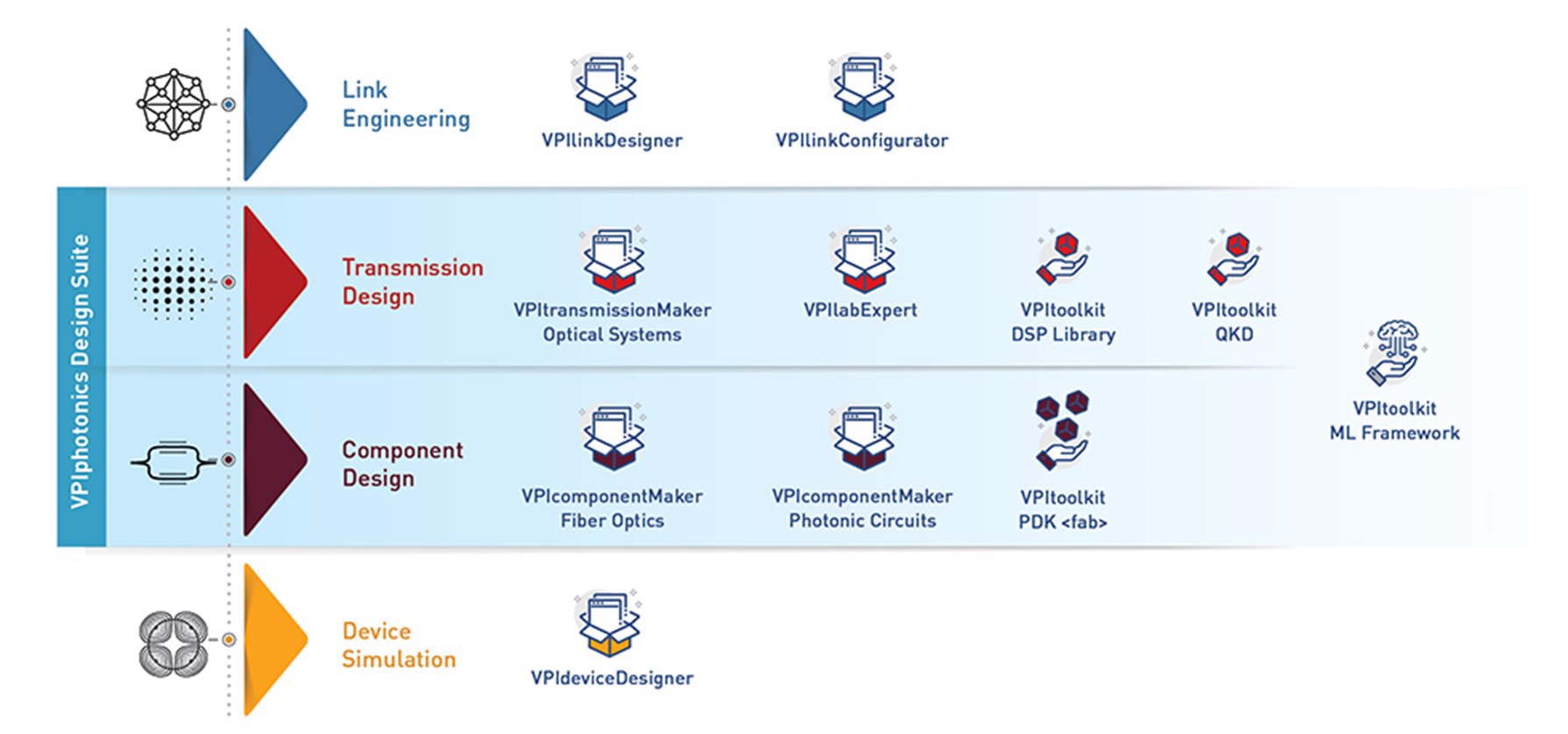
VPI Photonics Software Portfolio
Founded in 2002 and owned by SaM Solutions since 2013, VPIphotonics is headquartered in Berlin, Germany, as a leading supplier of photonics design software. A significant advantage is the ability to design everything from waveguides to PICs (Photonic Integrated Circuits) and optical systems, extending to short-range and long-haul optical transmission systems. VPIphotonics’ powerful automated design, analysis, and virtual testing tools produce designs optimized for specific foundries. VPI is reducing the time and cost required for silicon photonics innovators to reach the market.
Conclusion
The 50th OFC underscored the ongoing innovation in optical fiber technology and its critical role in the AI era. The conference highlighted advancements in data transmission, silicon photonics, venture capital interest, and quantum-secured communications. Where standards and thought leadership once belonged to telecom companies, hyperscalers, and their AI data centers took center stage this year.
With far higher investment levels and a willingness to take risks—compared to telecom—hyperscalers will likely continue dominating OFC’s thought leadership, innovation, and standards.
